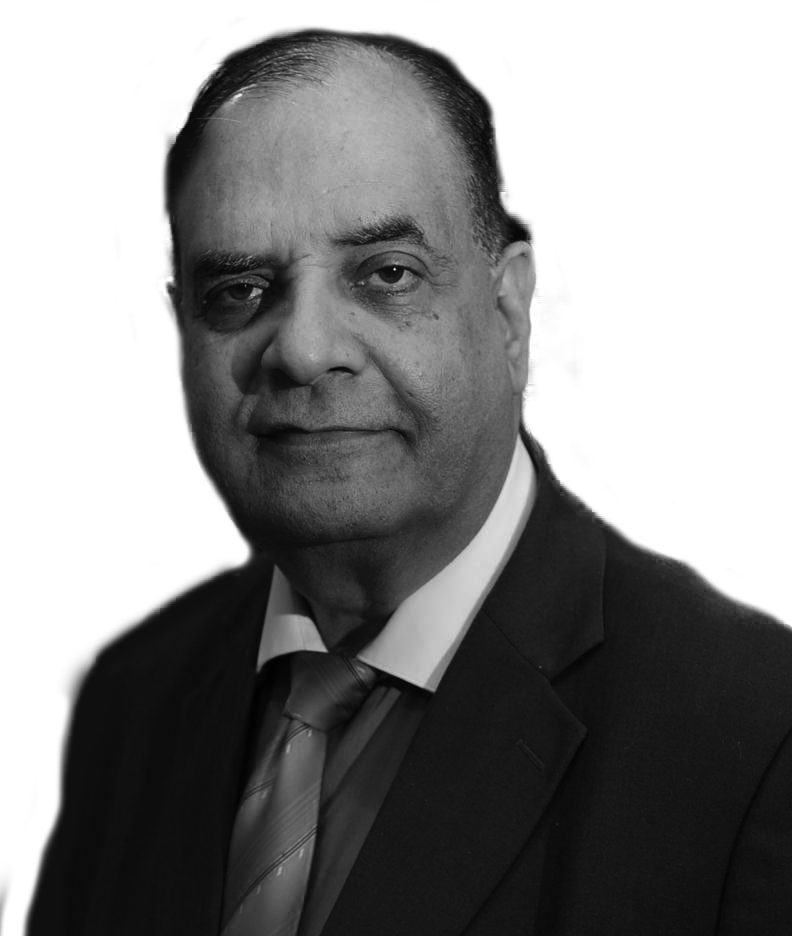Emergence of women as an electoral constituency is an encouraging development for Indian democracy.
NEW DELHI: Is BJP and its mother organisation RSS neglecting the importance of women? Experience proves that the BJP depends maximum on women’s power in social and political life. RSS calls “Matrashakti” supreme power and promotes a culture of family values. Priorities for Devi Durga, Lakshmi, and Saraswati with Sitaram, Radhakrishna, Shiv Parvati and temples of Ayodhya, Kashi, and Mathura are not just for elections propaganda, but for a religious society and the future of India. On this ideology and agenda, BJP is trying to win the minds and hearts of women voters in the Gujarat election. The gradual emergence of women as an electoral constituency is an encouraging development for Indian democracy. It is likely to ensure greater focus on women-centric issues and bring more women to the fore in electoral politics.
The BJP is not the only party eyeing women’s votes. Other parties too have made attempts to reach out to women voters in the last few weeks. Nitish Kumar has advocated for a nationwide extension of prohibition; Congress president Rahul Gandhi, in his address to the Mahila Congress, promised to actively pursue the women’s reservation Bill. Priyanka Gandhi Vadra always talk about women’s empowerment and try to reach out to women voters.
In the past decade, voter registration among women and their higher turnout rate at polling booths increased a lot. The combined effect of these two developments has been that in many parts of the country, the electoral weight of women voters is higher than men. In addition to these, women voters have also been making distinct preferences in vote choice. In the past few years, we have seen the positive effect of this behind the re-election of many Chief Ministers Nitish Kumar, Mamata Banerjee, J. Jayalalitha, Naveen Patnaik, among others.
The BJP used to have a gender disadvantage with women before 2014, but the party managed to close this gap during the 2019 Lok Sabha election. In many states too, the party gained some advantage with women voters—the trend was very visible in the 2020 Bihar and 2021 Assam Assembly elections.
In 2017 Gujarat Assembly elections, the Bharatiya Janata Party (BJP) commanded slightly higher support among women voters compared to men. The share of women voters who cast their ballot in favour of the BJP was 2 percentage points higher than the share among men—the BJP’s vote share was 50% among women and 48% among men. This is a significant development for the party, which has generally witnessed a relatively lower support among women voters in other parts of the country.
Consider the more disaggregated data from the post-poll studies mentioned above. The difference between women voters who voted for the BJP and those who voted for the Samajwadi Party was in double digits. This means that SP was actively put in a disadvantageous position with its failure to appeal to women voters. At the same time, across all major caste-ethnic blocs in UP, women were more likely to vote for the BJP, indicating that women voters are perhaps making different political choices from the male members of their families.
First, the distinct nature of BJP’s welfare policies, in comparison to earlier governments. Much has been said about the improved ration delivery under the current regime, especially during the peak pandemic months. However, the nuances of what these schemes might be doing are being missed. The focus of many schemes such as those regarding food security, LPG cylinders, house construction, LED lights and direct cash transfers among others is to bring welfare to the doorstep. By delivering welfare within the household, the BJP has come up with a model that relates very specifically to women, who are most likely to utilise the goods they provide.
Prime Minister Narendra Modi has demonstrated immence focus on championing the development of women. Even as Chief Minister, he led mass movement to end the malpractice of female foeticide. His focus on girl child education, more jobs, equal opportunities for growth and entrepreneurship, higher safety also helping BJP to convince women voters for support.
The second reason is the rhetoric around safety and security. Whether crime statistics attest to this or not, the image of being hard on law and order, especially centred around women’s security, seems to have resonated with women. The signal to political parties is clear—perception only sticks when the intended message is combined with a credible face. Prime Minister Narendra Modi has carefully and consciously cultivated this image over the years, be it Beti Bachao, Beti Padhao, Swachh Bharat, Ujjawala Yojna or his message to parents from the ramparts of Red Fort, among others.
The number of women voters in Gujarat has risen to 2.14 crore, marking a 3.45% growth from the women who voted during the Assembly elections in 2017. The number of male voters rose by 3.05%, rising to 2.32 crore from 2.25 crore in 2017. Targeting the women electorate, recently Modi unfurled a traditional flag on the Mahakali temple in Panchmahal, a symbol of women’s empowerment, while his speeches addressed mothers, sisters and daughters.
The 2022 Gujarat Assembly election will be historic for women, as a total of 38 women candidates have been fielded by the three major parties in the fray–BJP (17), Congress (14), and Aam Aadmi Party (7). In the last tripartite contest in 1990—when JD (Gujarat) emerged as the third front—there were 18 women in the fray.
The author is the Editorial Director of ITV Network –India News and Dainik Aaj Samaj.

